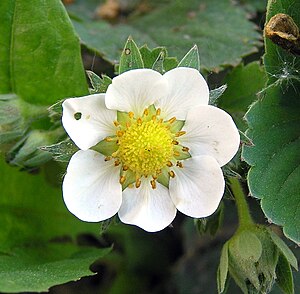The search for chemical mediators in plant root rhizosphere interactions with symbiotic and pathogenic organisms found in the soil continues to generate interesting research. Martha Hawes group at the University of Arizona reported on the role of sugars, proteins and small molecules found in root cap secretions – a mucilaginous mixture that covers the growing root tip and “converses” with the surrounding matrix of living organisms. The cap is rich in root border cells, which detach from the growing root tip. Curlango-Rivera et al (2010) provides us a bit more detail about which metabolites are biologically active. Neither sugars nor amino acids triggered root growth or border cell production. Transient exposure to biologically active concentration levels of the isoflavonoid pisatin, a phytoalexin, stimulated root border cell production but not root tip growth. I wonder if inhibition of root elongation may “reset” plant growth patterns as root border cells, acting as chemical sense organs, define the nature of the environment?
A second paper used histochemcial methods to profile root metabolites in plants from the Rose family (Hoffman et al., 2010). They found flavan-3-ol molecules in the root tip and border cells. Their findings suggest that the distribution of flavan-3-ols in Fragaria and Malus is under tight developmental control. These molecules are found in plants as catechin and epicatechin derivatives and in long chain (polymeric) form. They influence the taste and medicinal potential of green tea and wine, to name a few well-known plants. Previous researchers summarized their role in chelating toxic cations (metals) in the soil, establishing mycorrhizal interactions and priming plant root defense. This paper suggests a role in the transport of the long distance plant hormone auxin, which would link the chemical cross talk at root border cells with responses that occur in tissue distal to root tips. Hoffman’s research lacked a clear distinction of whether the monomeric or polymeric flavan-3-ol forms where the active species. This has plagued plant research for some time, since the analytical methods for detecting the polymeric forms have been crude and ineffective. All of their samples were from a botanical garden. I wonder if the flavan-3-ol profile would differ compared to native wild grown species?
References:
- Curlango-Rivera, G. et al. (2010) Plant Soil 332:267-275
- Hoffmann, T. et al. (2011) Plant Biology, 13: no. doi: 10.1111/j.1438-8677.2011.00462.x


